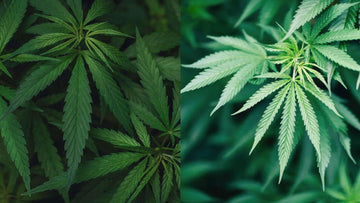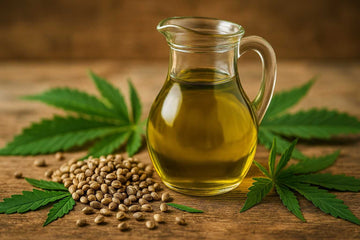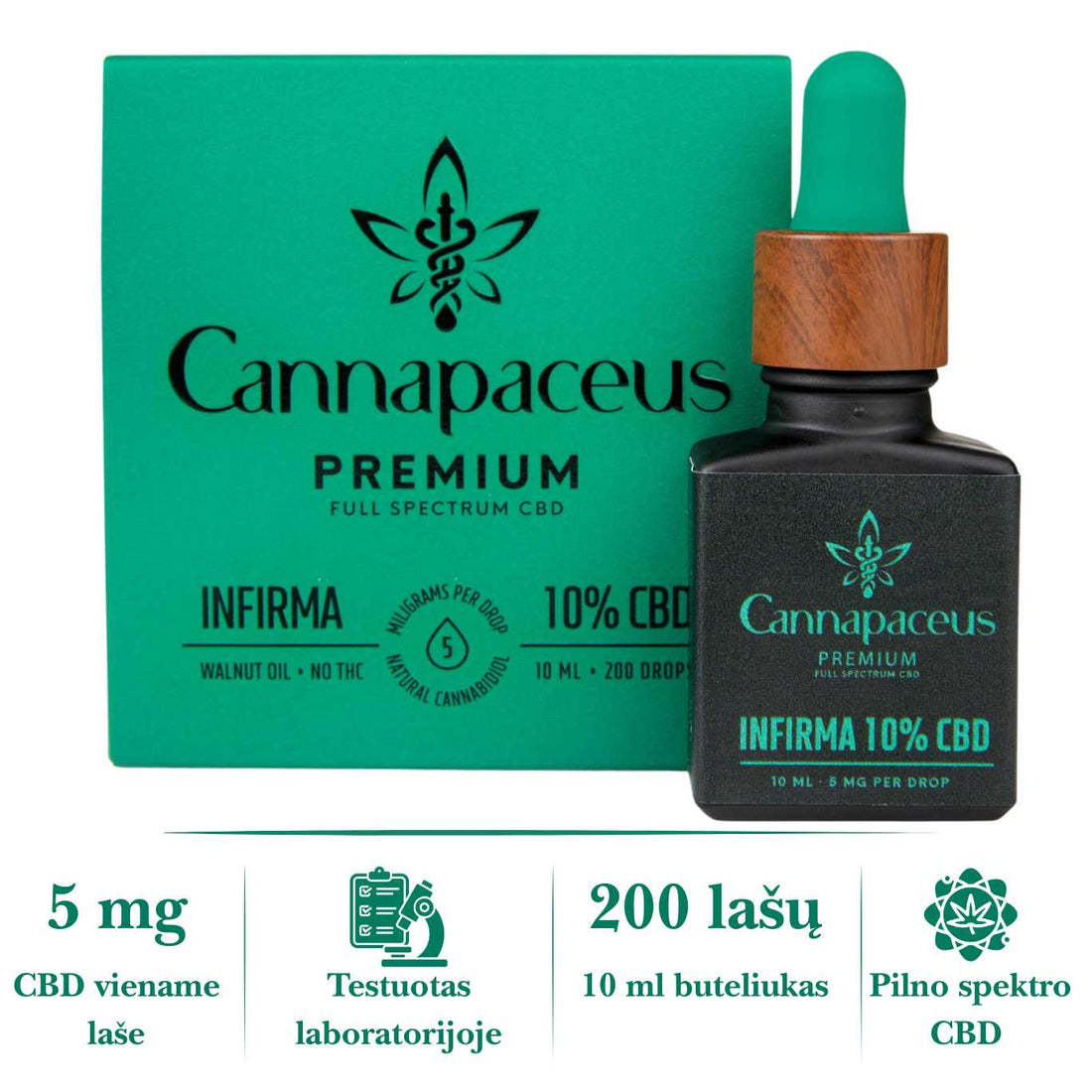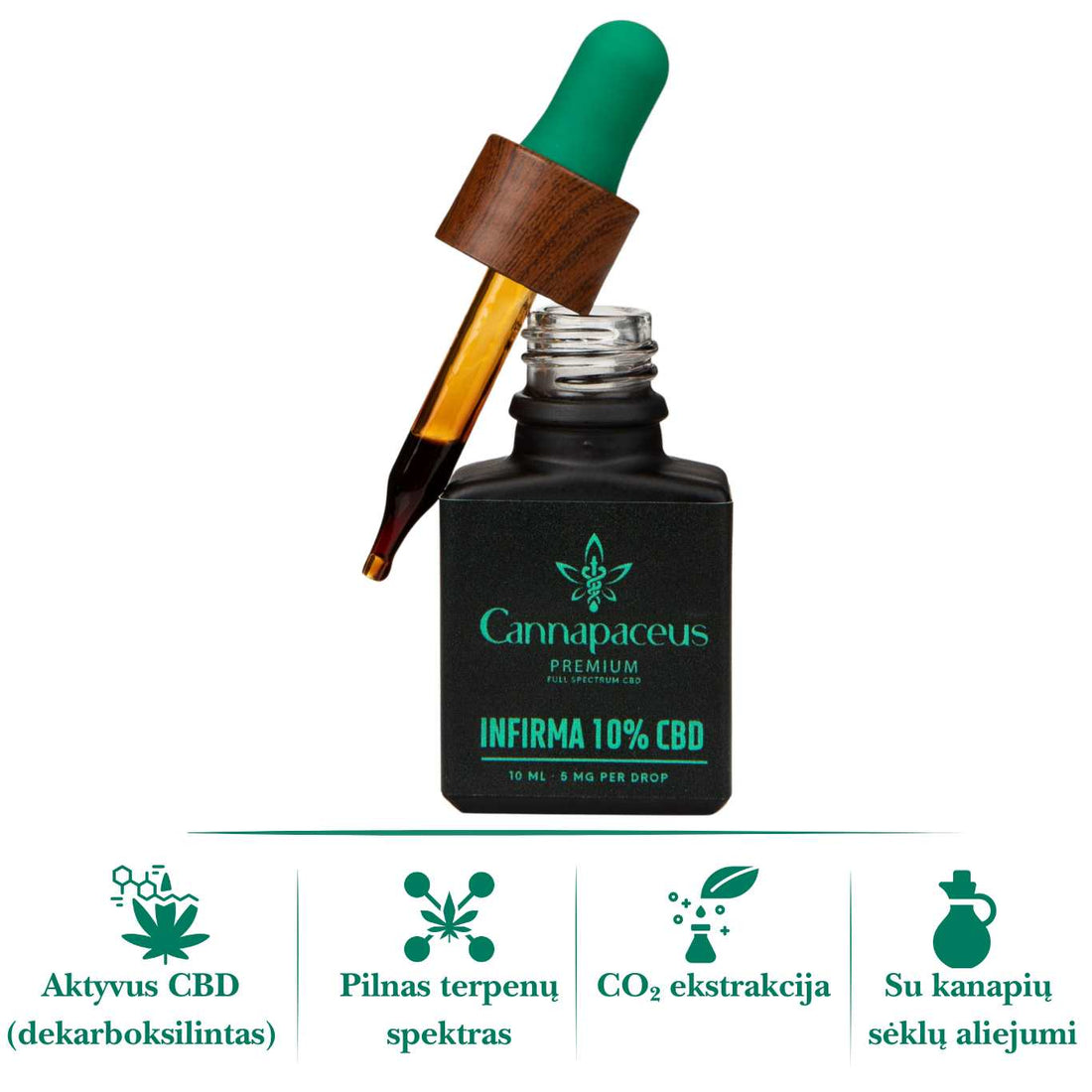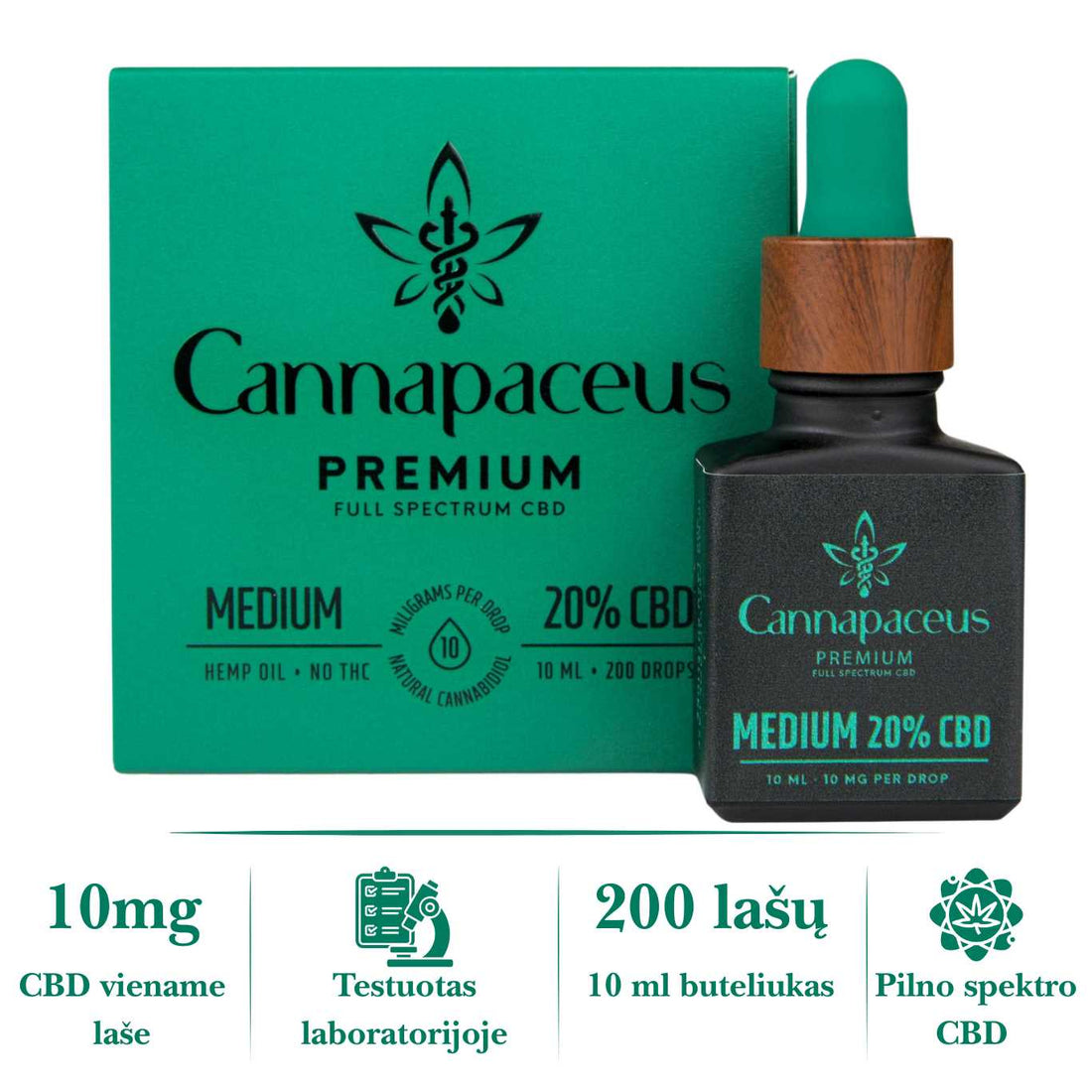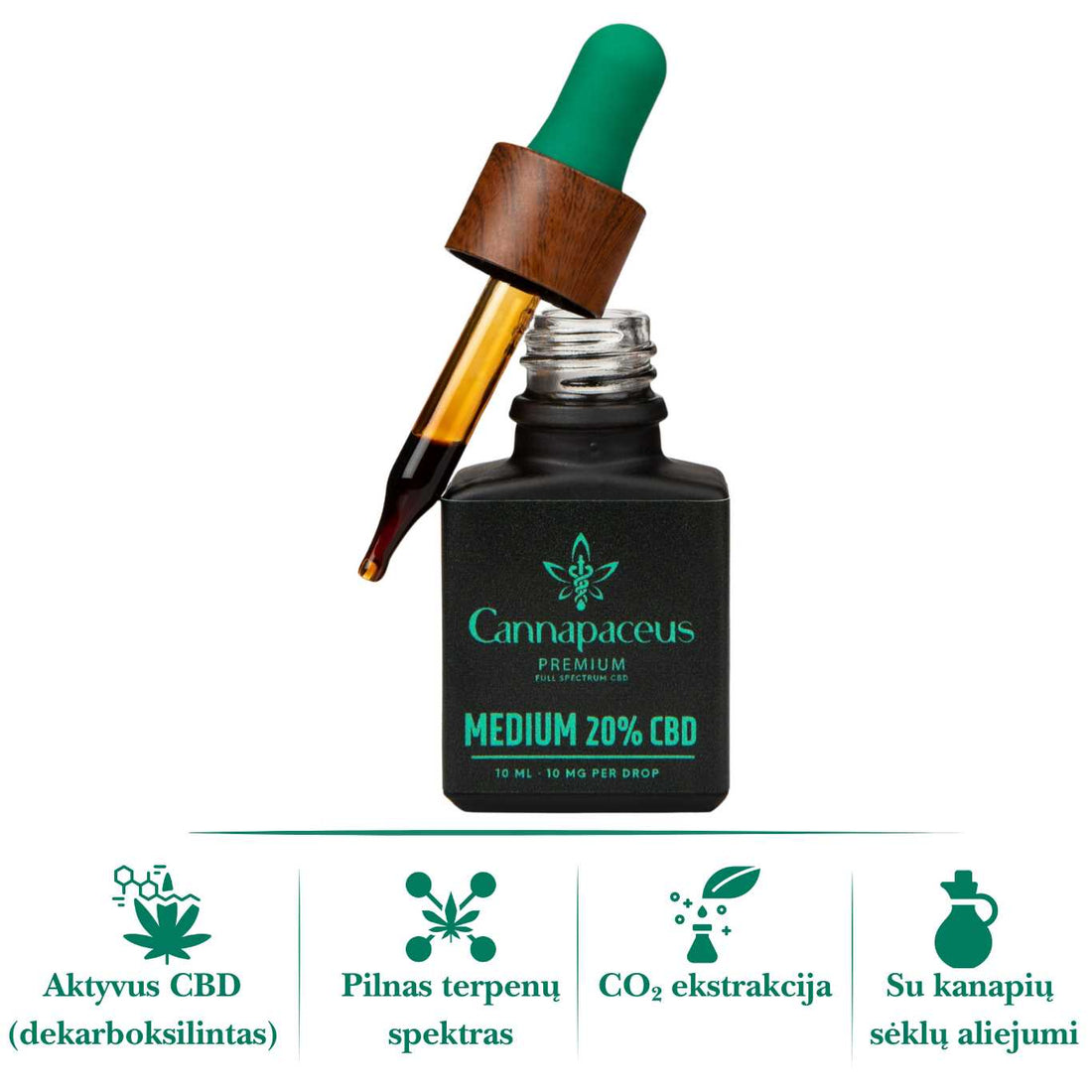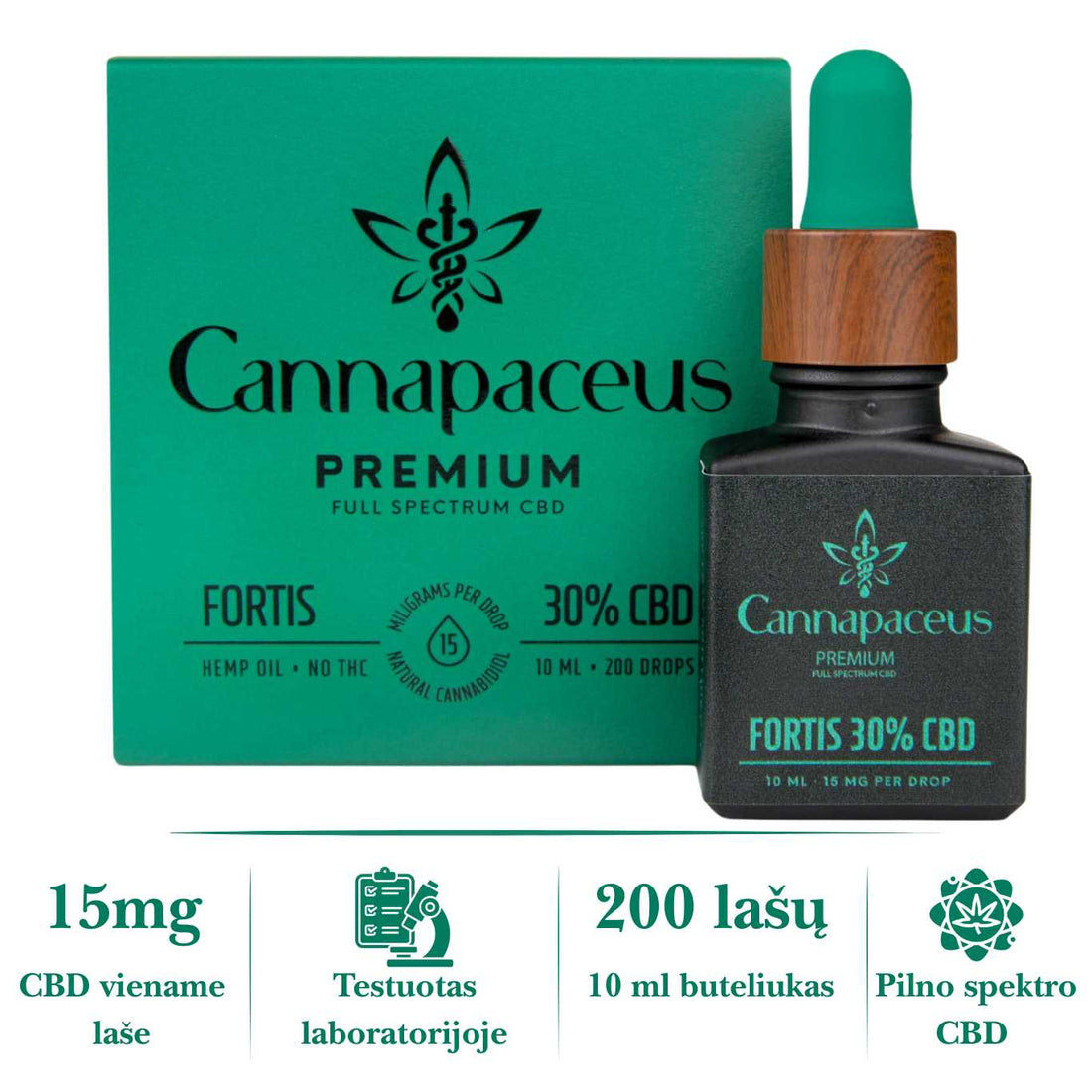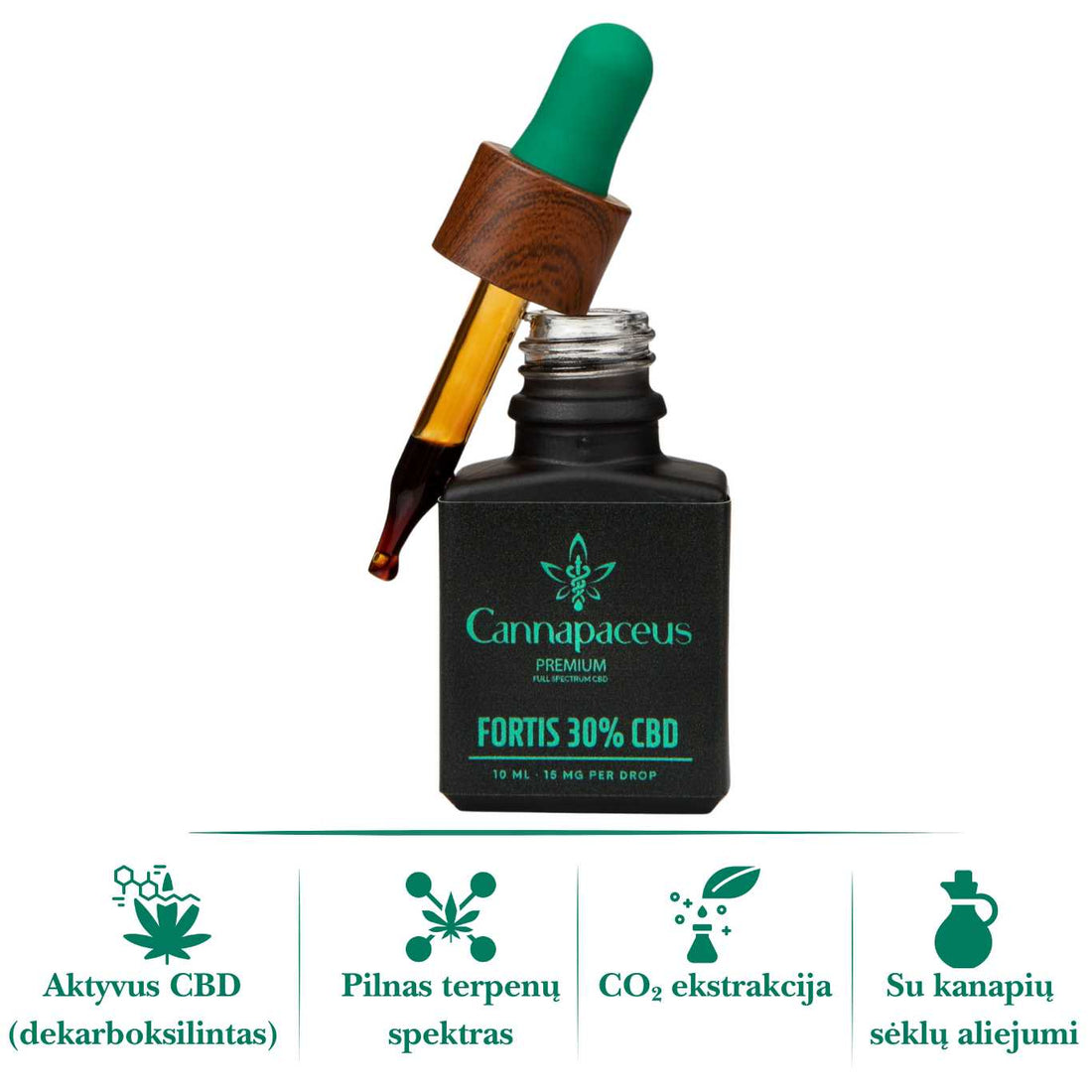Cannabis is one of the oldest cultivated plants. It comes from the genus Magnolia, which belongs to the cannabis family. There are three types of cannabis: sowing cannabis (Cannabis sativa; Cannabis sativa sativa, Cannabis sativa indica and Cannabis sativa spontanea), Indian hemp (Cannabis indica) and trash cannabis (Cannabis ruderalis). Cannabis indica is common in India and Pakistan. It is cultivated for its seeds and THC material. It is characterised by symmetrical branches growing from the main stem and grows up to 1,8 metres high. Cannabis sativa, also known as sowing hemp, is widespread throughout the world and is cultivated for its seeds, fibre and THC. The symmetrical branches grow upwards from the main stem and grow to a height of 3-3.5 metres, but can grow up to 6 metres. Cannabis ruderalis is common in northern Europe and Russia where it grows as a weed. Since its flowering is not dependent on the ratio of dark to light, it has been used to breed marijuana varieties that grow in harsh climates. It grows up to 0,6 metres high.
So what is the difference between hemp and marijuana? Fibre hemp and narcotic hemp are two different plant species. Both belong to the same family group called Cannabis Sativa. What is the difference between these plants? The main difference is the levels of the psychotropic substance tetrahydrocannabinol (THC) and the beneficial substance cannabinol (CBD). In European Union countries, hemp with a THC content of less than 0.2% is classified as hemp for fibre. They are used in food, cosmetics, clothing and other industries. All other cannabis plants with a psychotropic substance THC content of more than 0.2% are classified as narcotic cannabis (marijuana). The cannabinoid THC is the predominant cannabinoid in narcotic cannabis, with levels that can reach 5-30%. In contrast, hemp has a THC content of no more than 0.2% and is therefore perfectly safe to consume and does not give rise to a psychoactive high.
It has been 50 years since the prohibition of the cultivation and use of cannabis plants. Today, in most countries, hemp has ceased to be identified with narcotic cannabis. There are thousands of uses for hemp fibre, including food supplements, cosmetics, skincare products, medicines, clothing, building materials and many others.
